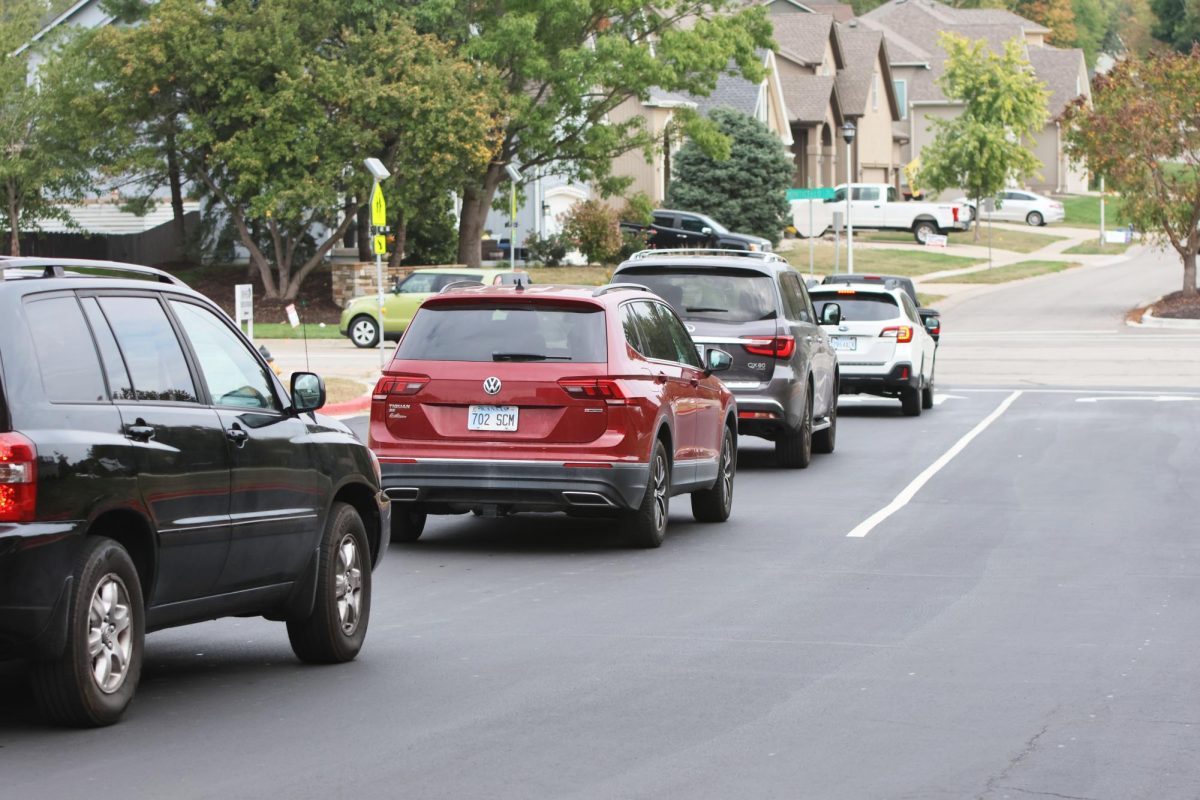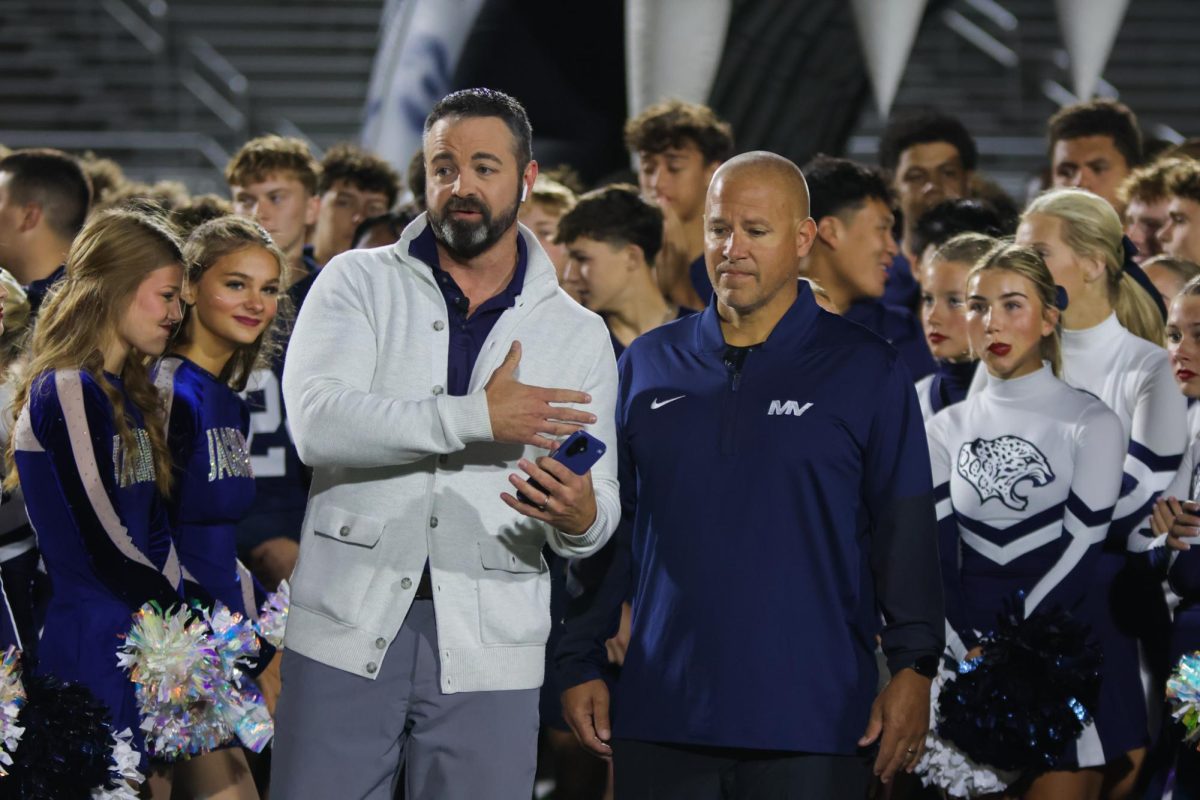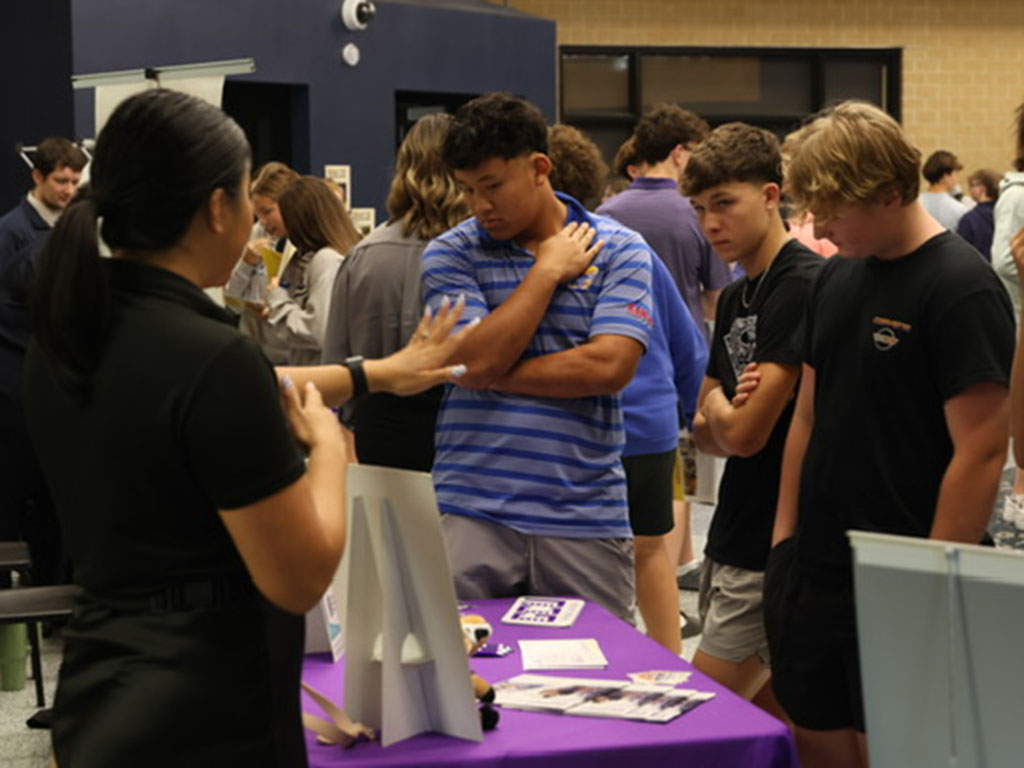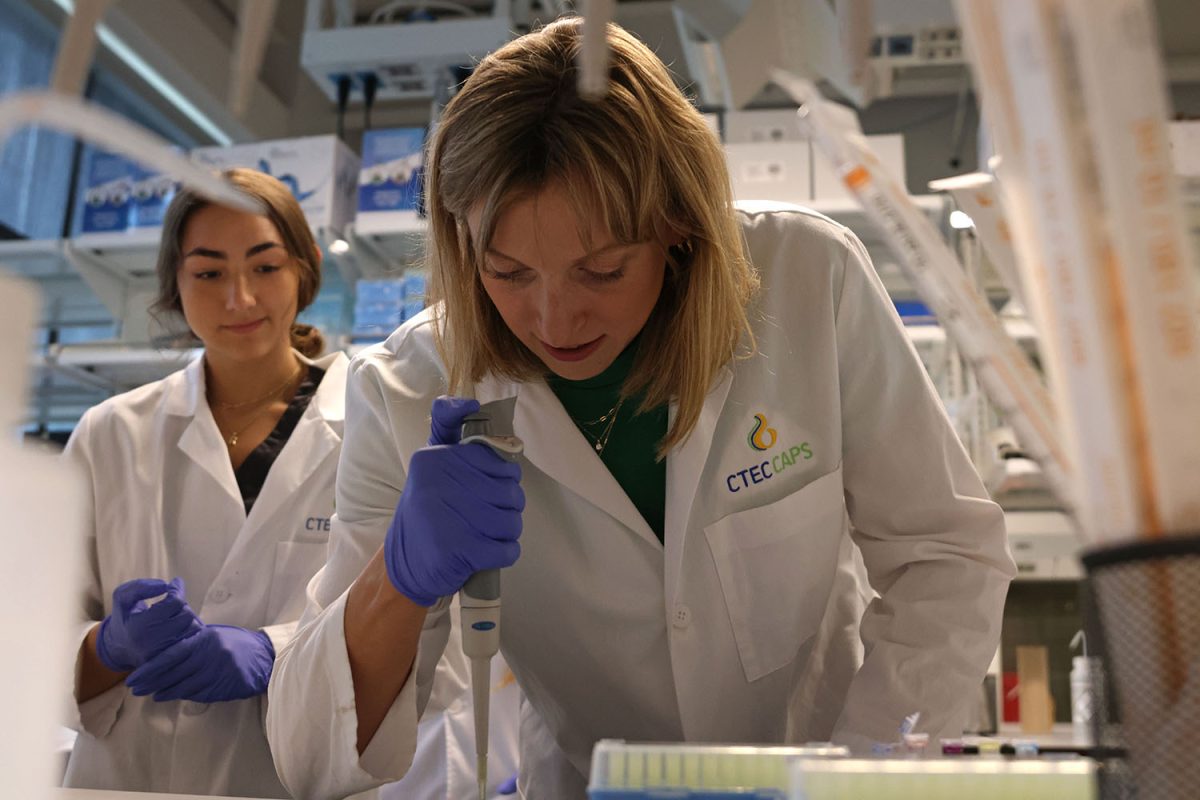Last year the Kansas legislature passed several new driving laws, one which completely bans texting while driving and another that prevents teens not holding some type of license by Jan. 1, 2011 from getting an unrestricted license until the age of 17. Drivers affected by this new law will still be able to get an instructional driving permit by the age of 14, but the process following this initial step has changed.
After teenagers have held a permit for a year and have logged 25 hours of driving experience, they may receive a restricted license for driving to school or work by themselves. Once drivers are 16 years old and have logged 50 hours of driving, they can move up to a different type of restricted license with which they may drive to school or work or anywhere else between the hours of five a.m. to nine p.m. without a license adult. Finally, when teenagers have reached the age of 17 they may receive their full, unrestricted license.
Other new restrictions include a limit on passengers. Until the age of 16, drivers may not have any passenger that is not a sibling or a supervising licensed adult, and once drivers are 16, they may have no more than one passenger that is not a sibling.
Freshman Kylee McCalmon, who relies on her parents to get places, is frustrated that she did not make the cutoff to be exempt from the new law.
“It’s just kind of annoying because the cutoff was Jan. 1 and my birthday was Jan. 4,” McCalmon said.
McCalmon also doesn’t see the laws being very beneficial.
“I don’t think waiting a year will make much of a difference on teen driving,” McCalmon said.
The new laws may also make it difficult for teens who missed the cutoff to get jobs.
“I was going to apply at the Shawnee pool this summer, but now you have to take [drivers education before you can get your restricted license], so I have to take that before I can get a job,” McCalmon said.
Freshman Erica Leonard had her instructional permit prior to the cut off, and is exempt from the new laws. She is glad she does not have to wait an extra year, but sees both positives and negatives in the new law.
“Not as many teens will be able to get jobs at an earlier age because they’re not going to have a way to get there,” Erica said. “[People] don’t want to have to rely on their parents and parents don’t want that responsibility either.”
Erica’s older sister, senior Megan Leonard, reflects on what would have been difficult if she had been subject to these new restrictions.
“A few people from soccer would have been without a ride because I carpooled to and from soccer practice sophomore year,” Megan said. “I never would have been able to see my boyfriend Kalib who lives in Olathe and it would have been hard to get to youth group.”
Megan is also partially responsible for the transportation of her two younger sisters, Erica and Emily, and thinks it would be a problem if they had not made the cutoff.
“Currently I have to drive Emily to piano and sometimes it conflicts with when I get to work,” Megan said. “And a lot of times [my sisters] can’t get to youth group because it’s 20 minutes away.”
While the new law presents challenges for teenagers trying to get to work, social events, and activities, hopefully it will make the roads safer with more mature, experienced drivers.







